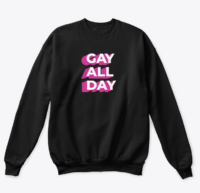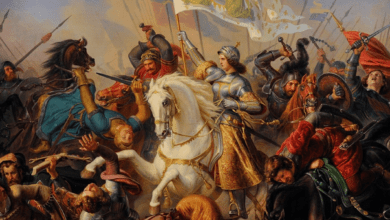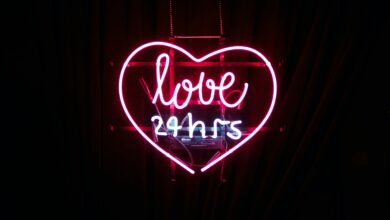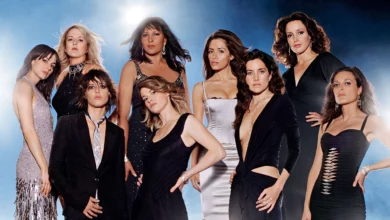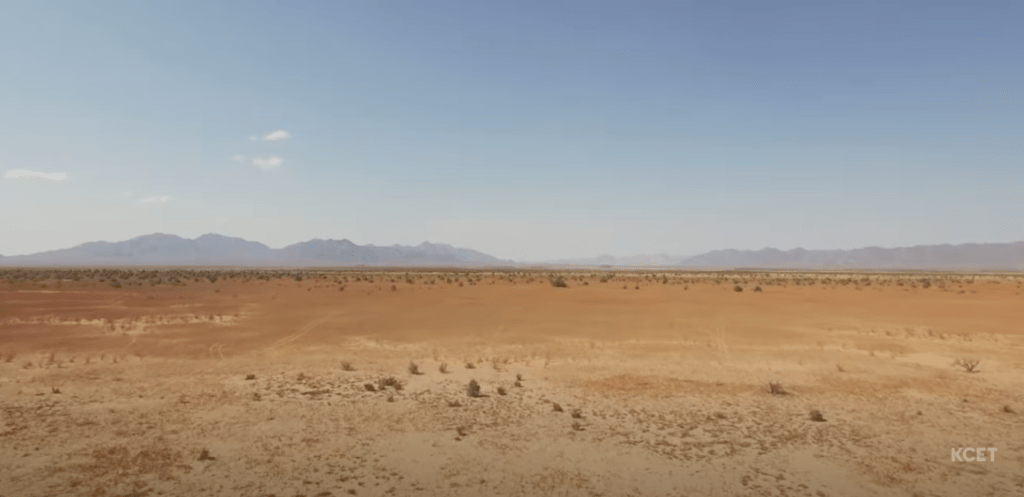
Laura Aguilar was an American, lesbian photographer who was well known for her touching, raw portraits. Not only did she make heart-stopping portraits of herself, she captured people marginalised because of their race, sexual orientation, abilities, and body type.
Laura’s parents were both Mexican-American and she used her — and her parents’ — background to tell stories. ARTnews wrote, “The photography of the late Chicana artist Laura Aguilar has caused many to see the world differently.” She was a key figure in lesbian, gay, and Chicana/Chicano art scenes that operate, or operated, in Los Angeles.
Laura Aguilar started making photographs in the 1970s – even though she wasn’t well known at the time – and her decades-long art-making contributed to how we see the world today. Her images focus on revealing her own existence, as a large-bodied, lesbian, disabled, working class Chicana woman. “She considered pressing subjects, like mental health and equity in the art world, that are only today being given their due,” according to ARTnews.
“In her influential 1985 essay “Of Mother Nature and Marlboro Men,” artist and writer Deborah Bright called on women to “recoup landscape photography for themselves in response to its present character as a male preserve.” Aguilar’s standout photo series “Nature Self-Portraits,” 1996, and “Grounded,” 2006, ingeniously subvert the Wild West genre while taking up Bright’s invitation: In both, the artist merges her own body with the forms and bends of arid regions in California and New Mexico. The color photograph Grounded #111 [pictured] shows Aguilar balled up and sitting on the earth, back facing the camera, her glorious physique mimicking the mighty monolith standing before her.”
– Artforum
Laura was a trailblazer for concepts and movements we take for granted today. “She was so out front with these issues in her work with her body and her identity that people just couldn’t deal with it,” said Sybil Venegas, the curator of Aguilar’s traveling retrospective, that began in 2017, and co-executor of her estate, adding, “I think the world caught up to Laura.” She was unapologetic in her point of view and kept repeating it until the world listened up.
Her powerful retrospective is a combination of “personal, political, and feminist images that grab viewers by the throat and heart, and threaten not to let go,” according to Art and Cake. Curator Sybil Venegas worked in collaboration with UCLA Chicano Studies Research Center, to bring Laura’s portraits and self-portraits to the public:
“Here we see visceral, deeply personal images of subjects that Aguilar knows intimately, but which we may not have seen before in classic photographic portraiture. We see large, Latina, lesbian women; we see settings both commonplace and magical, as Aguilar moves from interior containment to the voluptuousness of nature as her backdrop”
Laura Aguilar cut through the pretence of capitalist art-making by being raw, relatable, and revealing. Her work “reaches to the heart when she speaks directly to the viewer,” according to Art and Cake, it depicts “her struggles with believing herself worthy, her fear and depression. To not be moved and discomforted by the rawness of her narrative would be difficult.”
Laura’s work is both “gutsy and grand.” She demonstrates her connection to the environment while exploring her sexual orientation, race, and physical/spiritual being. Making art in a way that prioritises the human condition and its connection to nature over selling an object or canvas for multitudes of money meant that Laura’s work was overlooked by the mainstream art world for a very long time. Many art fans didn’t learn about Laura Aguilar until the 2017 retrospective, despite her long history of making art.
Laura Aguilar’s Show and Tell is currently being held at the Leslie Lohman Museum of Art until the 26th of June. It involves over 70 works from more than three decades. The art museum’s website states that Laura’s photographs and videos are “frequently political as well as personal,” they “traverse performative, feminist, and [LGBT] art genres, Aguilar offers candid portrayals of herself, her friends and family, and [LGBT] and Latinx communities.”
Laura Aguilar’s Three Eagles Flying (1990), via @debrajlevine’s Instagram.
“Three Eagles Flying (1990), set the stage for her future work by using her nude body as an overt and courageous rebellion against the colonization of Latinx identities — racial, gendered, cultural and sexual. Her practice intuitively evolved over time as she struggled to negotiate and navigate her ethnicity and sexuality, her challenges with depression and auditory dyslexia, and the acceptance of her large body.”
– Leslie Lohman Museum of Art
Laura’s photographs are a performance without charade. They erupt out of the desire for human connection: the desire to describe and disclose, to contribute our emotional, sensual, individual point of view to the overall human story.
Laura takes off the cloak of ego, that all humans are susceptible to, in order to invite the audience to do the same. She invites the audience to be moved by her story, her views; to remember when you leave, rather than objectify or hang up on your wall. Her art is a moment. There is no personal and political divide, and Laura’s art exposes that beautifully.

